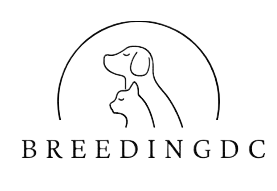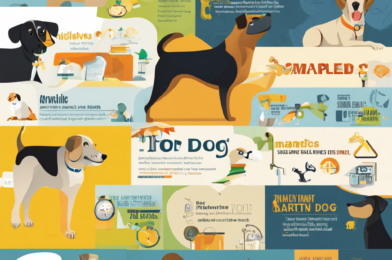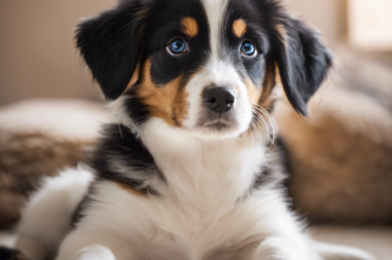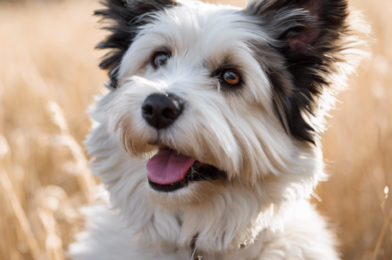Choosing a name for your feline companion is an exciting endeavor, and it’s a decision that reflects your creativity and the unique bond you share with your cat. Naming your cat is not just about finding a cute moniker; it’s an adventure that can shape the way you interact with your furry friend and even influence their personality development. So, let’s embark on the journey of ‘Name Your Cat’ and explore the pawsitive aspects of this delightful process.
When it comes to naming your cat, there’s no one-size-fits-all approach. The name you choose should be a perfect fit for your cat’s personality, appearance, or even your own interests and passions. Some cat owners find inspiration in literature, mythology, or popular culture, opting for names like ‘Luna,’ ‘Apollo,’ or ‘Draco,’ each carrying its own charm and mystique. Others might draw inspiration from their cat’s physical attributes, such as ‘Shadow’ for a sleek black cat or ‘Fluffy’ for a fur ball of boundless cuteness.
The naming process can be a fun family activity, where everyone gets to contribute their ideas. Perhaps you have a child who is eager to name the cat after their favorite cartoon character or a partner who suggests a name that holds a special meaning to them. Involving the whole family fosters a sense of ownership and strengthens the bond between your cat and its human family. Moreover, it can lead to some hilarious and heartwarming suggestions that make for great memories.
For those seeking a more unique and eccentric name, the world of puns and wordplay offers endless possibilities. Consider names like ‘Sir Purrs-a-Lot’ for a noble and dignified cat or ‘Purrminator’ for a fearless feline protector. These creative names not only showcase your humor but also become conversation starters when meeting fellow cat enthusiasts.
But it’s not just about fun and games. Choosing a name that is easy for your cat to recognize is essential for training and bonding. Cats can learn to associate their names with treats, praise, and affection, making them more responsive to your calls. Opt for names that are not too similar to other words you commonly use to avoid confusion.
The name you choose for your cat can also impact the way you interact with them. A playful name might inspire more interactive games and activities, while a more regal name might encourage a more formal and gentle approach. It’s fascinating how a name can shape the dynamics of your relationship with your cat.
In the end, the adventure of naming your cat is a deeply personal one, filled with laughter, love, and the joy of discovering a new family member’s identity. Whether you choose a name that’s whimsical, elegant, or full of character, it will become a beloved part of your cat’s story and your life together.
So, as you embark on this pawsitive adventure, remember to have fun, be creative, and cherish the special bond you share with your feline friend, for it is a bond that will enrich your life in countless ways. Happy naming, cat lovers!










